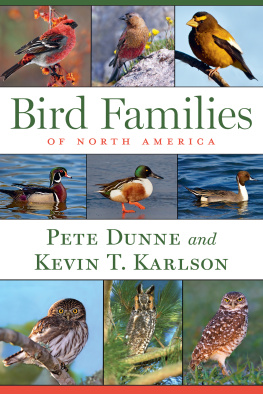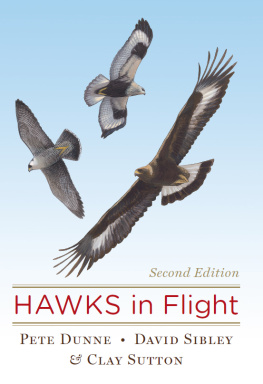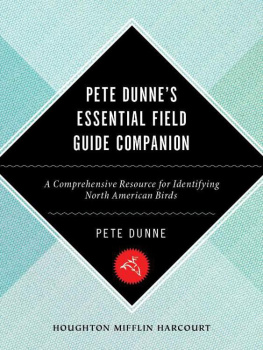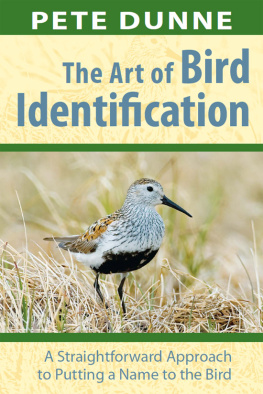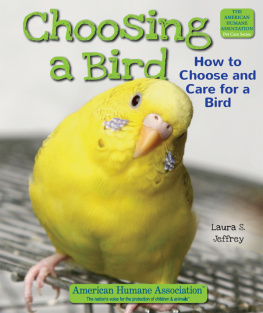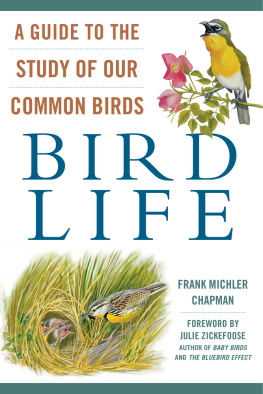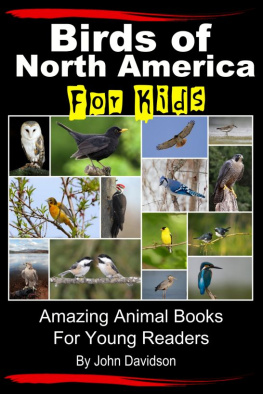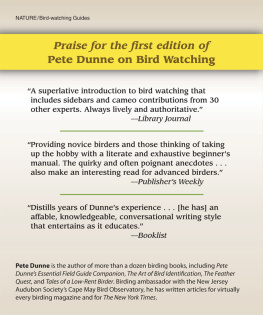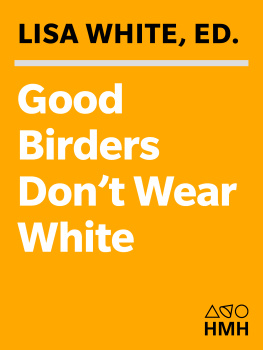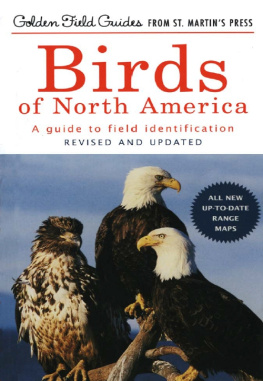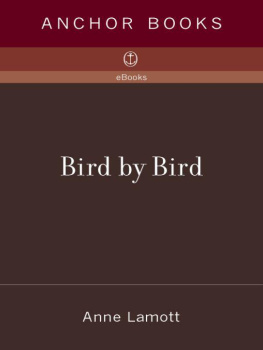Pete Dunne - Bird Families of North America
Here you can read online Pete Dunne - Bird Families of North America full text of the book (entire story) in english for free. Download pdf and epub, get meaning, cover and reviews about this ebook. year: 2021, publisher: Houghton Mifflin, genre: Romance novel. Description of the work, (preface) as well as reviews are available. Best literature library LitArk.com created for fans of good reading and offers a wide selection of genres:
Romance novel
Science fiction
Adventure
Detective
Science
History
Home and family
Prose
Art
Politics
Computer
Non-fiction
Religion
Business
Children
Humor
Choose a favorite category and find really read worthwhile books. Enjoy immersion in the world of imagination, feel the emotions of the characters or learn something new for yourself, make an fascinating discovery.
- Book:Bird Families of North America
- Author:
- Publisher:Houghton Mifflin
- Genre:
- Year:2021
- Rating:3 / 5
- Favourites:Add to favourites
- Your mark:
- 60
- 1
- 2
- 3
- 4
- 5
Bird Families of North America: summary, description and annotation
We offer to read an annotation, description, summary or preface (depends on what the author of the book "Bird Families of North America" wrote himself). If you haven't found the necessary information about the book — write in the comments, we will try to find it.
Bird Families of North America — read online for free the complete book (whole text) full work
Below is the text of the book, divided by pages. System saving the place of the last page read, allows you to conveniently read the book "Bird Families of North America" online for free, without having to search again every time where you left off. Put a bookmark, and you can go to the page where you finished reading at any time.
Font size:
Interval:
Bookmark:
Copyright 2021 by Pete Dunne and Kevin T. Karlson
All rights reserved
For information about permission to reproduce selections from this book, write to or to Permissions, Houghton Mifflin Harcourt Publishing Company, 3 Park Avenue, 19th Floor, New York, New York 10016.
hmhbooks.com
Library of Congress Cataloging-in-Publication Data
Names: Dunne, Pete, 1951- author. | Karlson, Kevin, author.
Title: Bird families of North America / Pete Dunne and Kevin T. Karlson. Description: Boston : Houghton Mifflin Harcourt, 2021. | Includes bibliographical references and index.
Identifiers: LCCN 2020051084 (print) | LCCN 2020051085 (ebook) | ISBN 9780358164074 (hardcover) | ISBN 9780358164043 (ebook) Subjects: LCSH: BirdsNorth AmericaIdentification. Classification: LCC QL681 .D878 2021 (print) | LCC QL681 (ebook) | DDC 598.097dc23
LC record available at https://lccn.loc.gov/2020051084
LC ebook record available at https://lccn.loc.gov/2020051085
ISBN 978-0-358-16407-4
eISBN 978-0-358-16404-3
v1.0721
Cover design by Martha Kennedy
Cover photographs Kevin T. Carlson
This book is dedicated to our dear friend Pete Bacinski (19492019), who devoted much of his life to the study and appreciation of birds and nature, and who shared his knowledge and passion with countless others.
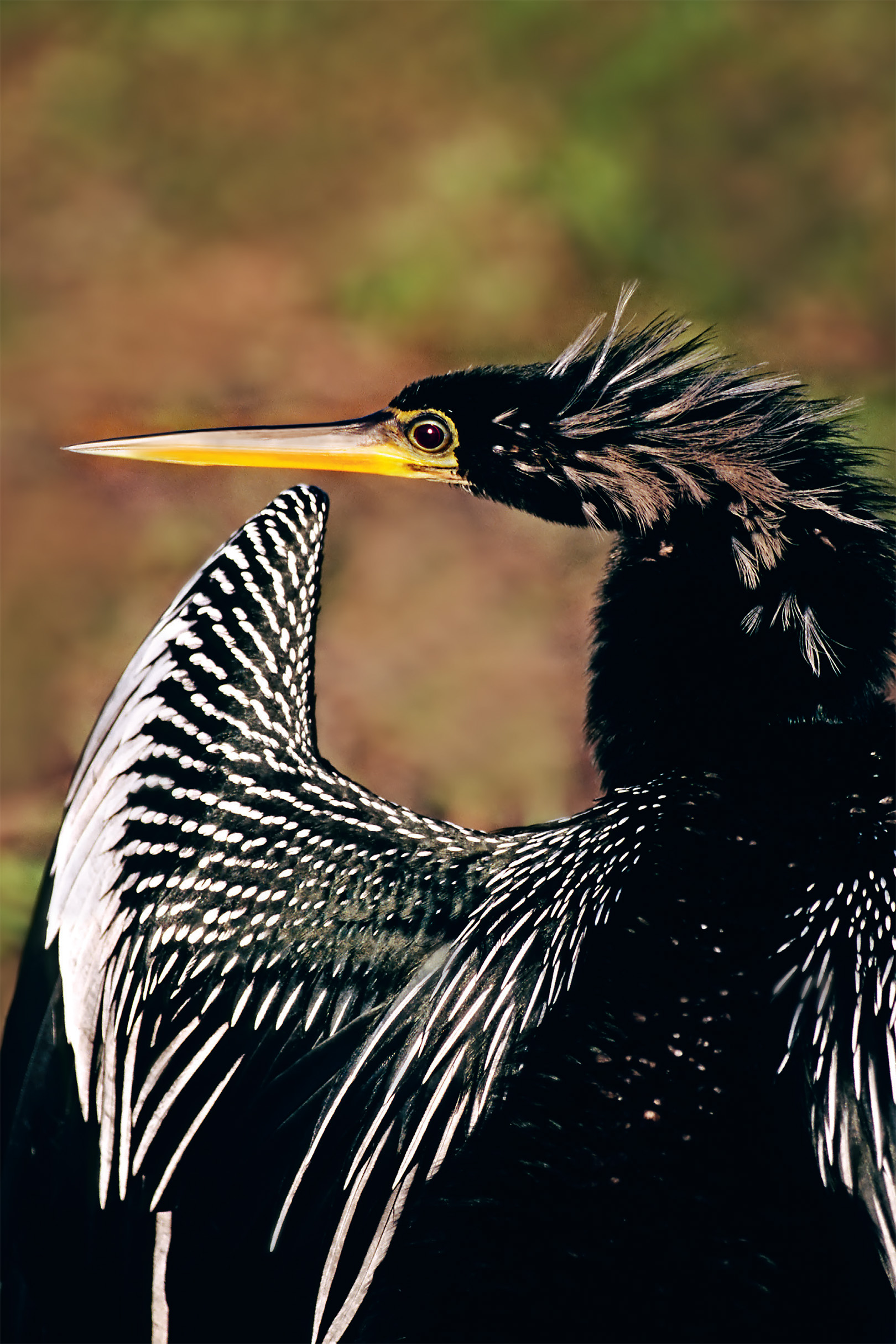
This book intends to impart to readers a fundamental understanding of the 81 bird families in the United States and Canada as defined by the American Ornithological Society. The families are arranged in accordance with the seventh edition of the AOS Checklist, current to the 59th supplement. Two exceptions to the checklist are as follows: gulls and terns are listed as separate families and the northern and southern storm-petrels as a single unit. While the birds of Mexico are considered part of North America by a number of world ornithological groups, including the AOS, if we refer to North America as a bird occurrence location in the text, it includes only the United States and Canada.
This book is a tribute to the birds that have enriched our lives since childhood, and to all who pursue them for fun and enjoyment.
To the best of our abilities, as of 12:01a.m., March 31, 2020, the families shown here are correct (with exceptions noted). However, science is relentless in its pursuit of order and deeper understanding, so it is likely that additional changes will have been made to the taxonomic order between the time this manuscript was submitted and its publication date.
We recommend you consult the latest supplements to the AOS Checklist of North American Birds to be sure.
Well, we dont know her, or her family, intoned Laura Lee in the saccharin-sweet syllables that betrayed her southern society roots. The her was a birder newly arrived in East Texas.
Southerners put great stock in family, recognizing that even without firsthand familiarity with an individual, much can be surmised about a persons character by regarding their heritage and family ties. The same goes for bird families. While its not correct to say If youve seen one vireo, youve seen them all, it is accurate to assert that if you are familiar with one of these small, hook-billed, foliage-gleaning members of this strictly New World family, you can ascribe similar properties to other members of the group.
It is also fair to assert that an understanding of bird families is fundamental to any appreciation of birds, because it is what unites and distinguishes them. Determinations made at the species level are always subject to reevaluation and change. A good example is Baltimore Oriole, once considered a distinct species, then lumped with the western Bullocks Oriole to create Northern Oriole, only to be re-split decades later, assuming full species status once again, a distinction both Baltimore and Bullocks Oriole enjoy today.
Bird family groups have traditionally been more systematically stable, shifting at times in the taxonomic ranking but generally secure in their unifying complement of traits and species array. Some bird families trace their formulation all the way back to Carl Linnaeus, a Swedish botanist whose search for order among living organisms was the foundation of the science of taxonomy. He organized and classified living things according to their shared and differentiating traits. Later, Alexander Wilson and John James Audubon relied upon their understanding of bird families when engaged in their pioneering efforts to understand North Americas birds.
Sadly, the current emphasis on plumage-based field marks, coupled with our societal urge to cut to the chase and simply pin the name to the bird, has prompted many new birders to regard the identification of individual species as the end-all and be-all of bird studyan end in itself rather than a means to greater understanding. Such a species-by-species approach makes it difficult to appreciate birds for what they are: members of well-organized groupings united by common traitsa determination that is, as Audubon and Wilson understood, fundamental to bird study. There are birders out there who can tell the difference between a White-eyed and a Bells Vireo, but cannot begin to describe a vireo and what distinguishes members of this family from warblers or flycatchers. This book strives to put the horse in front of the cart and regard North Americas birds from the standpoint of familiesa focus that will enhance an understanding of birds and make the differentiation of species more meaningful. It is, in essence, a guide to understanding North American birds instead of merely identifying them. A secondary objective is to clarify recent changes made in taxonomy at the family level. The current emphasis of using DNA as the foundation of family groupings has led to a reshuffling of some families formerly united on the basis of structure and behavior. While not all families have been affected, many among the passerines, or perching birds, have been reconstituted. These changes are reflected here.
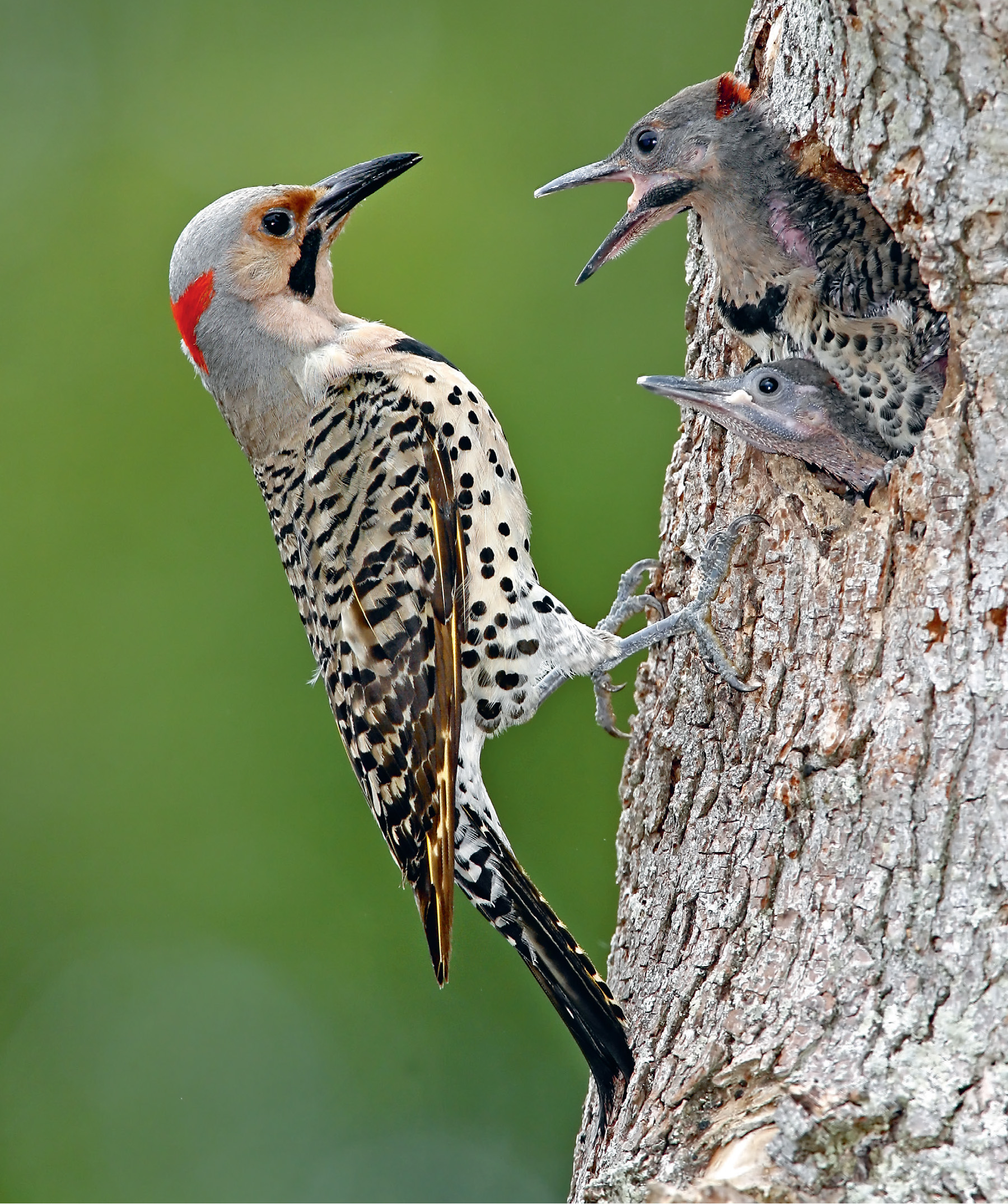
Flickers are large, vocal woodpeckers whose chisel-like bills excavate nesting cavities that are used by a number of bird species in subsequent seasons. This Yellow-shafted Flicker male is with the chicks.
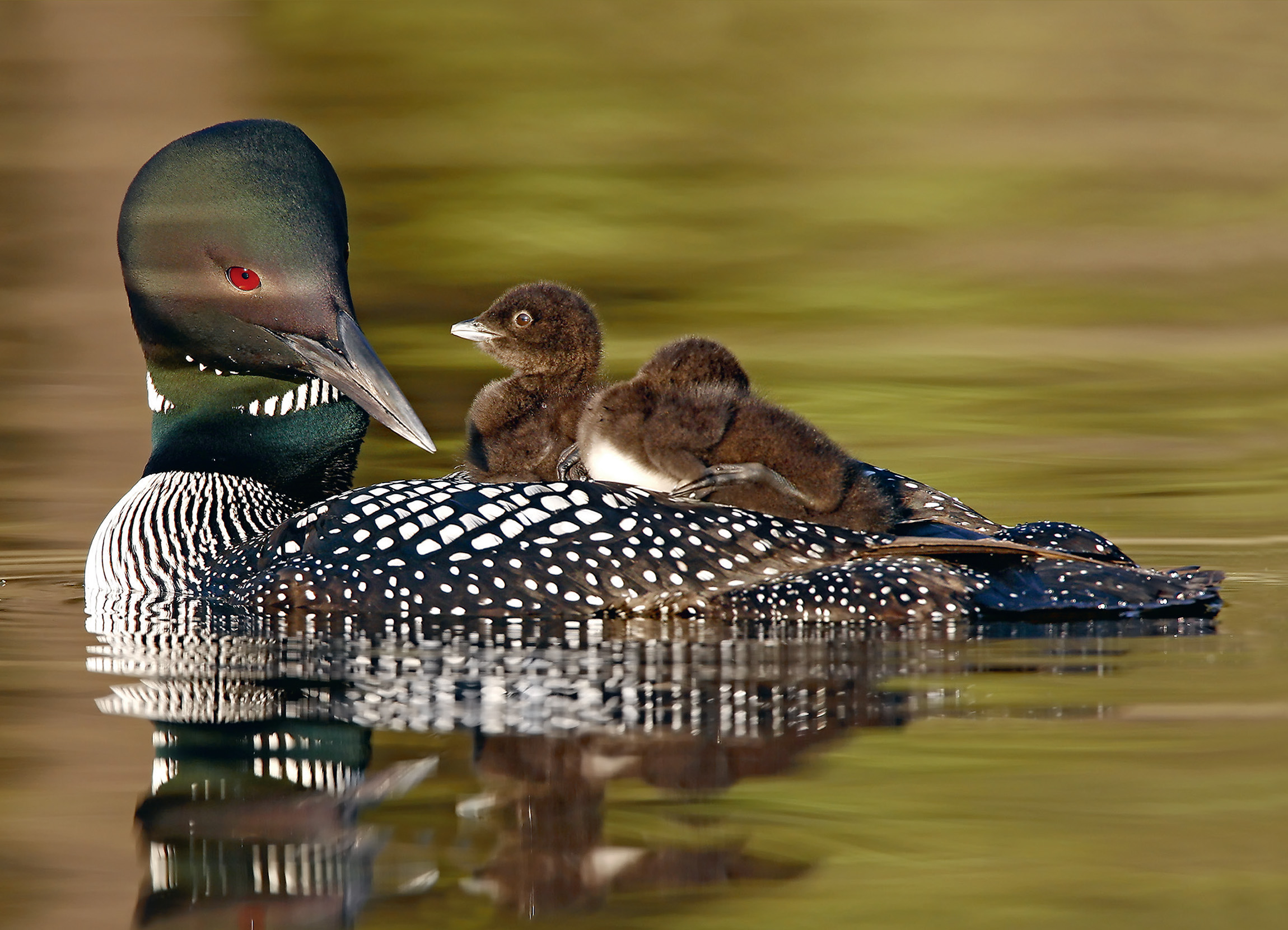
Arguably, this is the most recognized bird group on the planet, an assertion underscored by the well-known aphorism If it looks like a duck, swims like a duck, and quacks like a duck, then it probably is a duck. Distributed widely across the planet, waterfowl are found almost anywhere there is open water. Pete once flushed an incubating Northern Pintail from her nest next to a cattle-watering tank in the arid Pawnee Grasslands of Colorado.
Waterfowl are medium to large mostly aquatic birds. While their fully webbed feet are admirably suited for swimming, no bird group is so accomplished on land, air, and open water. Some ducks are nimble enough to perch on branches, even corn stalks, and some rank among the planets swiftest of fliers, though several waterfowl species are flightless. All navigate well on the surface of water, and many are accomplished divers. For example, Spectacled Eider can dive over 200 feet to the bottom of the Bering Sea to forage on mollusks.
Font size:
Interval:
Bookmark:
Similar books «Bird Families of North America»
Look at similar books to Bird Families of North America. We have selected literature similar in name and meaning in the hope of providing readers with more options to find new, interesting, not yet read works.
Discussion, reviews of the book Bird Families of North America and just readers' own opinions. Leave your comments, write what you think about the work, its meaning or the main characters. Specify what exactly you liked and what you didn't like, and why you think so.

